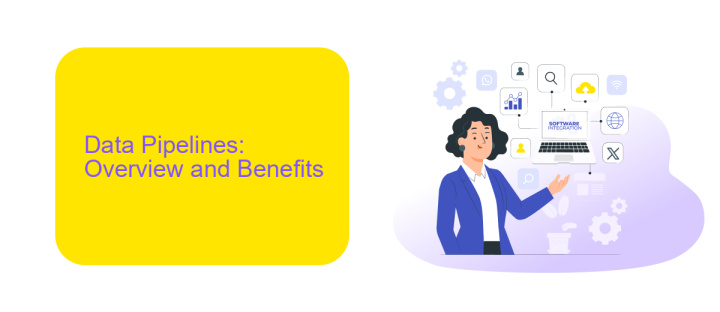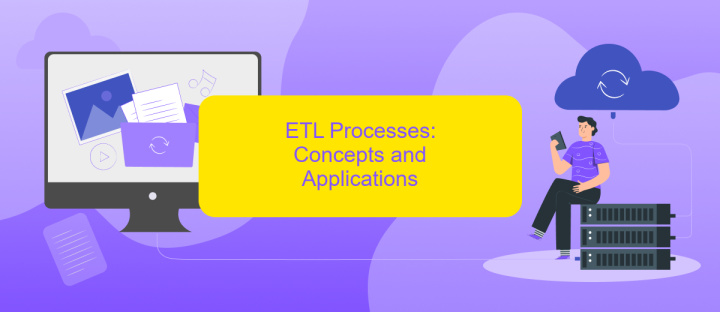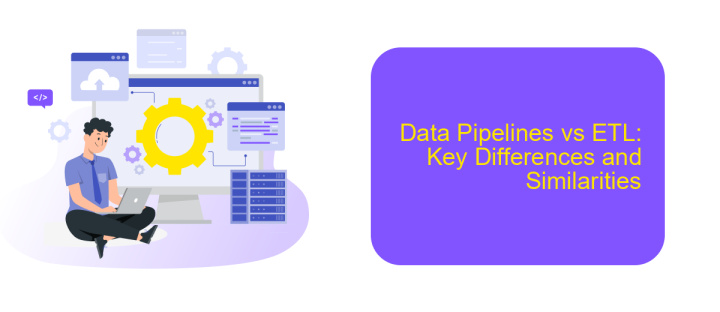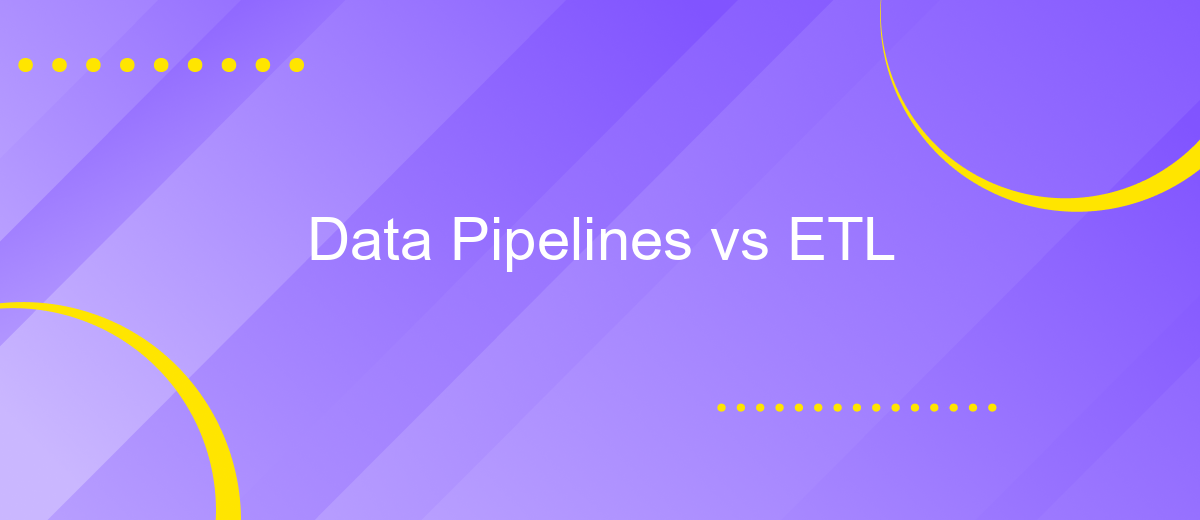Data Pipelines vs ETL
In the realm of data management, understanding the differences between data pipelines and ETL (Extract, Transform, Load) processes is crucial. Both play vital roles in moving and transforming data, yet they serve distinct purposes and offer unique benefits. This article delves into the core functionalities, advantages, and use cases of data pipelines versus ETL, helping you choose the right approach for your needs.
Introduction
In today's data-driven world, the efficient and effective management of data is crucial for businesses. Two common approaches to handling data are Data Pipelines and ETL (Extract, Transform, Load). Both methods aim to streamline data processing, but they do so in different ways, each with its own set of advantages and use cases.
- Data Pipelines: Continuous and real-time data flow, focusing on automation and scalability.
- ETL: Traditional batch processing, emphasizing data transformation and integration.
Choosing between Data Pipelines and ETL depends on your specific needs and the nature of your data workflows. For instance, services like ApiX-Drive can simplify the integration process, enabling seamless data transfer between various applications and platforms. Understanding the differences and benefits of each approach will help you make an informed decision that aligns with your business objectives.
Data Pipelines: Overview and Benefits

Data pipelines are essential frameworks that automate the flow of data from various sources to destinations, enabling seamless data integration and transformation. These pipelines handle the extraction, processing, and loading of data in real-time or batch modes, ensuring that data is consistently updated and readily available for analysis. Unlike traditional ETL (Extract, Transform, Load) processes, data pipelines offer greater flexibility and scalability, allowing organizations to manage large volumes of data with minimal manual intervention.
The benefits of data pipelines are manifold. They enhance data accuracy and reliability by automating repetitive tasks and reducing human error. Additionally, data pipelines improve operational efficiency by streamlining data workflows and enabling quicker decision-making. Services like ApiX-Drive facilitate the setup of data pipelines by offering easy-to-use integration tools that connect various data sources and applications without the need for extensive coding. This allows businesses to focus on deriving insights and value from their data rather than getting bogged down in the technicalities of data management.
ETL Processes: Concepts and Applications

ETL (Extract, Transform, Load) processes are fundamental to data integration and management. They involve extracting data from various sources, transforming it into a suitable format, and loading it into a target database or data warehouse. These processes are crucial for ensuring data consistency, quality, and accessibility for business intelligence and analytics.
- Extract: Data is collected from multiple sources such as databases, APIs, and flat files.
- Transform: The collected data is cleaned, normalized, and transformed into a suitable format.
- Load: The transformed data is loaded into a target system, such as a data warehouse or data mart.
ETL processes can be automated and streamlined using integration services like ApiX-Drive. This platform allows businesses to set up integrations without coding, simplifying the ETL workflow. By leveraging such tools, organizations can enhance their data pipeline efficiency, reduce manual intervention, and ensure timely and accurate data delivery for decision-making.
Data Pipelines vs ETL: Key Differences and Similarities

Data pipelines and ETL (Extract, Transform, Load) processes are fundamental concepts in data management, yet they serve distinct purposes. A data pipeline is a broader term that encompasses the entire journey of data from source to destination, including extraction, transformation, and loading. ETL, on the other hand, specifically refers to the three-step process of extracting data from various sources, transforming it to fit operational needs, and loading it into a target database or data warehouse.
While both data pipelines and ETL aim to move and transform data, they differ in scope and flexibility. Data pipelines can handle real-time data processing and are often used for continuous data flow, whereas ETL processes are traditionally batch-oriented, dealing with large volumes of data at scheduled intervals.
- Scope: Data pipelines cover end-to-end data processing; ETL focuses on extraction, transformation, and loading.
- Flexibility: Data pipelines support real-time processing; ETL is typically batch-oriented.
- Complexity: Data pipelines can integrate multiple processes and tools; ETL is a more straightforward, linear process.
In modern data ecosystems, tools like ApiX-Drive can simplify the integration and automation of data pipelines, making it easier to connect various data sources and destinations without extensive coding. This flexibility allows businesses to adapt quickly to changing data needs and ensures seamless data flow across platforms.
- Automate the work of an online store or landing
- Empower through integration
- Don't spend money on programmers and integrators
- Save time by automating routine tasks
Conclusion
In conclusion, both Data Pipelines and ETL processes play crucial roles in managing and transforming data within an organization. While ETL is a well-established method focusing on extracting, transforming, and loading data, Data Pipelines offer a more flexible and scalable approach suitable for modern data architectures. Each method has its own strengths and weaknesses, making them suitable for different use cases and organizational needs.
Choosing the right approach depends on various factors such as data volume, complexity, and real-time processing requirements. Tools like ApiX-Drive can simplify the integration and automation of these processes, enabling efficient data management and seamless workflow integration. Ultimately, understanding the specific needs of your organization will guide you in selecting the most appropriate method, ensuring optimal data handling and business intelligence capabilities.
FAQ
What is the main difference between Data Pipelines and ETL?
When should I use a Data Pipeline instead of ETL?
Can I automate Data Pipelines and ETL processes?
What are the common tools used for building Data Pipelines and ETL processes?
How do Data Pipelines handle real-time data processing?
Apix-Drive is a universal tool that will quickly streamline any workflow, freeing you from routine and possible financial losses. Try ApiX-Drive in action and see how useful it is for you personally. In the meantime, when you are setting up connections between systems, think about where you are investing your free time, because now you will have much more of it.


